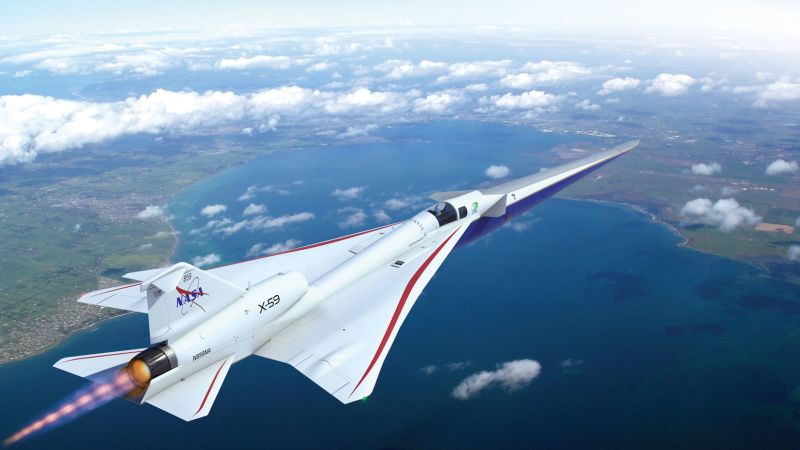In July, Lockheed Martin completed the build of NASA’s X-59 test aircraft, which is designed to turn sonic booms into mere thumps, in the hope of making overland supersonic flight a possibility. Ground tests and a first test flight are planned for later in the year. NASA aims to have enough data to hand over to US regulators in 2027.



I wonder if research into sonic boom physics could translate over to high speed aerodynamics generally, to include the useful models for high speed trains.
Interesting thought; I’d hope so. Maybe some material physics/chemistry research that makes some stuff cheaper for trains (I’m not an engineer so totally out of my depth here).
Efficient High-speed rails are already possible and have been since the 70s, it’s not a lack of science that stops them from being a thing, it’s a lack of desire from government officials being paid by private interests to do things less efficiently because people are getting paid.